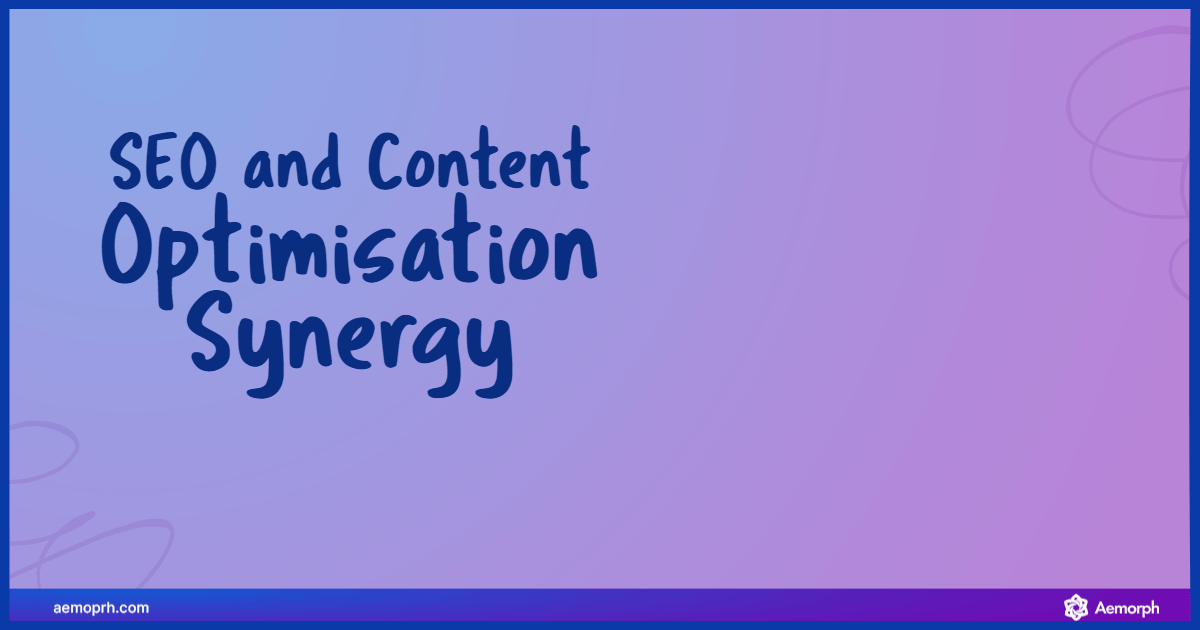
Search Engine Optimisation (SEO) and content optimisation are no longer optional for businesses wanting to succeed online—they’re essential. SEO gets your website noticed by search engines while optimising your content keeps visitors engaged and encourages them to take action. The real power comes when you combine these strategies to build a foundation for sustainable, long-term growth.
This article outlines 12 proven tactics to strengthen your SEO and content optimisation efforts. Each tactic is rooted in real-world application and designed to help you achieve better visibility, higher engagement, and more conversions. Let’s look at the strategies that will keep your business growing and performing for the long term.
Why Content Optimisation is Crucial for SEO

Content optimisation is a cornerstone of effective SEO because it ensures that your content aligns with both search engine algorithms and user expectations. When content is properly optimised, it becomes easier for search engines to understand its relevance to specific queries, boosting your chances of ranking higher.
Optimised content incorporates targeted keywords naturally, making it more discoverable to your audience. It also enhances readability, structure, and engagement, which are key factors for search engine ranking. Additionally, well-optimised content keeps users on your page longer by answering their questions efficiently and providing a seamless user experience.
1. Conduct Thorough Keyword Research for Targeted Content
Proper keyword research helps you identify the terms, phrases, and questions your target audience uses in their searches. It ensures that your content addresses these queries, making it more likely to meet user intent and rank well in SERPs (Search Engine Results Pages). Even the most well-crafted content can get lost in the digital noise without targeted keywords.
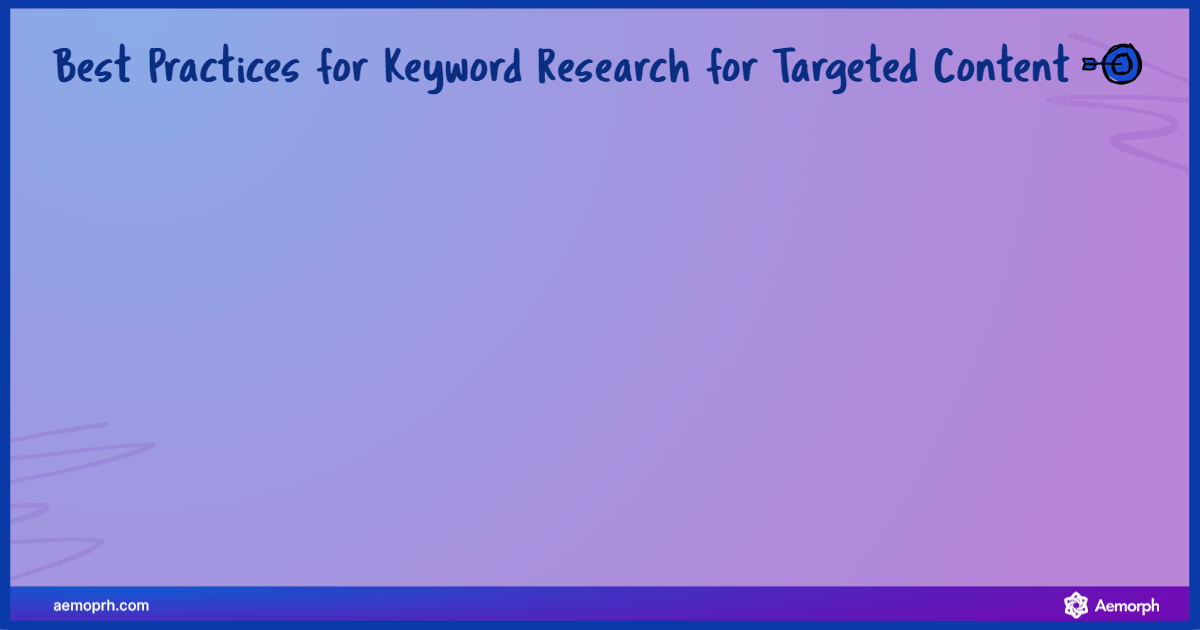
Best Practices for Keyword Research
- Use Keyword Tools: Tools like Google Keyword Planner, Ahrefs, and SEMrush help you discover high-volume, low-competition keywords relevant to your niche. These tools provide data on search volume, keyword difficulty, and related terms to ensure you’re targeting the right keywords.
- Focus on Long-Tail Keywords: Long-tail keywords—more specific, multi-word phrases—are easier to rank for and often reflect higher intent from users. For example, targeting “best SEO tools for small businesses” is more effective than just “SEO tools.” Long-tail keywords tend to attract more qualified traffic and increase conversion rates.
- Understand Search Intent: Successful keyword research goes beyond just picking popular words. Understanding the intent behind a search—whether users want to learn something, make a purchase, or find specific information—helps you create content that directly addresses their needs.
- Competitor Analysis: Look at what keywords your competitors are ranking for and identify gaps in their content. You can capture new audiences and create more valuable content by targeting keywords they’ve missed.
2. Create High-Quality, Engaging Content
High-quality content that engages users and solves their problems is key to improving SEO. It’s not enough to just churn out content—you need to focus on producing valuable, relevant, and engaging materials for your audience.
Search engines, particularly Google, have grown more sophisticated in evaluating the quality of content through a concept called E-E-A-T (Experience, Expertise, Authoritativeness, and Trustworthiness). Understanding and incorporating these elements into your content can significantly enhance SEO performance.
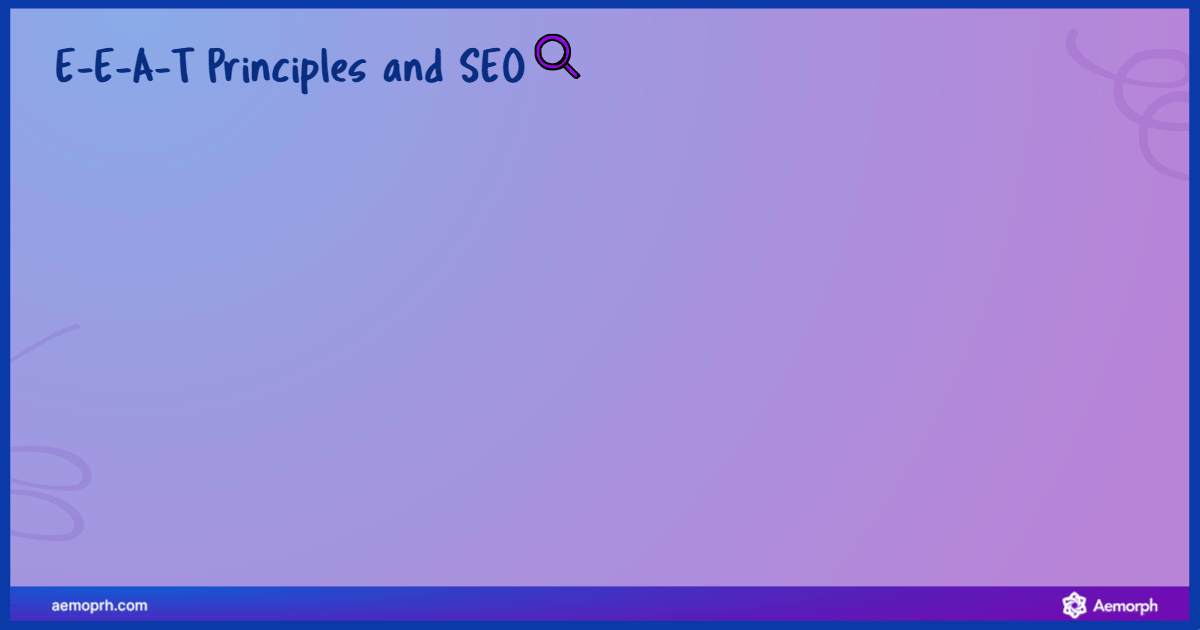
The Role of E-E-A-T in Content Quality and SEO
E-E-A-T is a framework that Google uses to assess the quality of content, especially in industries where reliable information is crucial, such as health, finance, and legal sectors. However, E-E-A-T is applicable across all content types, and integrating these principles into your content creation process can enhance its credibility and search engine ranking.
- Experience: Demonstrating first-hand experience in your content gives readers confidence that the information comes from someone with practical knowledge.
- Expertise: Expertise is particularly important in sectors like finance, health, and technology, where users expect the content to be written by a qualified professional. Highlighting credentials or linking to previous authoritative works can boost the content’s credibility.
- Authoritativeness: Publishing well-researched and cited content establishes your website’s authority. Backing up your claims with data from reputable sources or including quotes from industry leaders increases the trustworthiness of your content.
- Trustworthiness: Providing accurate information and being transparent with your sources is essential for building trust with your audience and Google. Clear attributions, author bios, and fact-checked information demonstrate that your content is reliable.
By crafting content that aligns with E-E-A-T principles, you satisfy Google’s quality guidelines and create valuable resources that serve your audience effectively. This combination helps your content rank higher and builds long-term authority in your niche.
3. Optimise On-Page SEO Elements
On-page SEO involves optimising elements within your website content to make it more search engine-friendly. This ensures search engines can easily index and rank your content, increasing visibility and traffic.

Key On-Page SEO Elements to Optimise
- Title Tags: Include your primary keyword and keep it under 60 characters to encourage clicks and improve rankings.
- Meta Descriptions: Write compelling descriptions under 160 characters, including your keyword, to improve click-through rates.
- Headers (H1, H2, H3): Use structured headings to organise content and make it easier for search engines to understand your page hierarchy.
- Keyword Placement: Naturally include primary keywords in the title, meta description, headers, and within the first 100 words while avoiding overuse to maintain readability and relevance.
- Internal Links: Link to other relevant pages within your site to help search engines crawl and pass authority to other pages.
- Image Optimisation: Use keyword-rich alt text and compress images for faster load times, improving both SEO and user experience.
4. Use Internal Linking Strategically
Internal linking helps both search engines and users navigate your site, improving SEO and user experience. It distributes link equity (ranking power) across your pages, helping lower-ranked pages gain visibility.

Key Internal Linking Practices
- Use Descriptive Anchor Text: Link relevant keywords or phrases to guide users to related content. This helps search engines understand the context of linked pages.
- Link to High-Priority Pages: Direct traffic to your key pages—such as cornerstone content or high-converting landing pages—to boost their rankings.
- Create a Logical Structure: Ensure links form a natural flow of information, making it easier for users and search engines to follow.
- Avoid Overlinking: Too many internal links on a single page can dilute their value. Focus on linking only when it’s contextually relevant.
5. Implement Schema Markup for Enhanced Search Results
Schema markup is a form of structured data that helps search engines better understand the content on your site. Implementing schema markup boosts your content’s visibility in search results by providing additional, structured information to search engines.
For instance, adding FAQ schema to a ‘Top 10 SEO Tips’ article enables search engines to display a snippet of your most frequently asked questions directly in the search results. This not only increases click-through rates but also positions your content as an authoritative resource.

Common Types of Schema Markup
- Article Schema: Helps your blog posts and news articles get enhanced features like displaying the publication date, author, and image in search results.
- FAQ Schema: Enables a content snippet in the form of questions and answers to appear directly in search results, improving visibility and engagement.
- Review Schema: Adds star ratings, review counts, and additional product/service information to your content, making it more appealing to potential customers.
- How-To Schema: Helps guide users step-by-step through a process directly in SERPs, which can lead to increased user interaction and clicks.
6. Promoting Content via Social Media and External Channels
Promoting your content via social media and external channels amplifies the impact of content optimisation by driving traffic and generating actionable feedback. By analysing engagement metrics from shared content, you can identify what resonates with your audience and refine future content accordingly.
Additionally, promoting high-quality, optimised content builds backlinks, increases social shares, and enhances your content’s authority—all of which directly contribute to long-term SEO success.

External Channels for Content Promotion
- Email Newsletters: Promote your latest blog posts or resources to your email subscribers, driving consistent traffic from a highly engaged audience.
- Guest Posts: Collaborate with other sites in your industry to publish guest posts that link back to your own content, reaching new audiences and building authority.
- Industry Forums and Communities: Sharing content in relevant online communities or forums (e.g., Reddit, Quora) can drive highly targeted traffic and establish you as an authority in your niche.
- Content Syndication: Republish or share your content on external platforms like Medium or LinkedIn Articles to extend your reach and attract new readers.
7. Build a Strong Link-Building Strategy Through Content
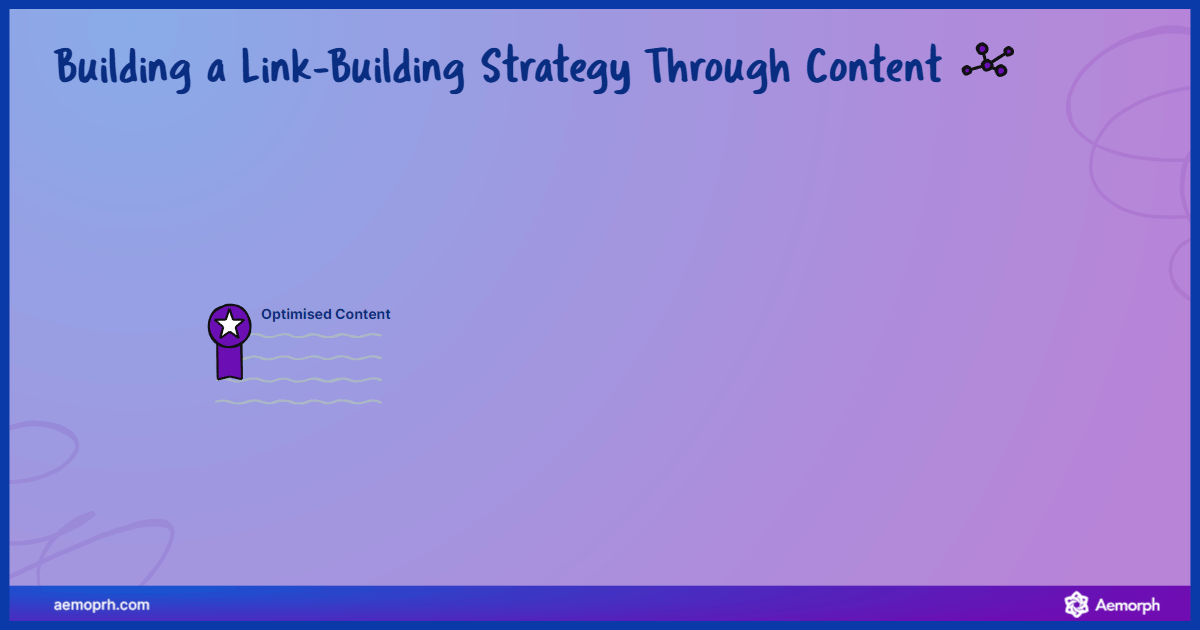
A strong link-building strategy starts with optimised content. Well-researched, valuable, and engaging pieces naturally attract backlinks from reputable websites. For example, in-depth guides, interactive tools, or data-driven insights provide unique value that encourages other websites to cite or share your content.
By creating link-worthy content with clear structure, concise messaging, and supporting visuals, you can organically build authority while enhancing your content’s optimisation.
8. Focus on User Experience (UX) to Boost SEO
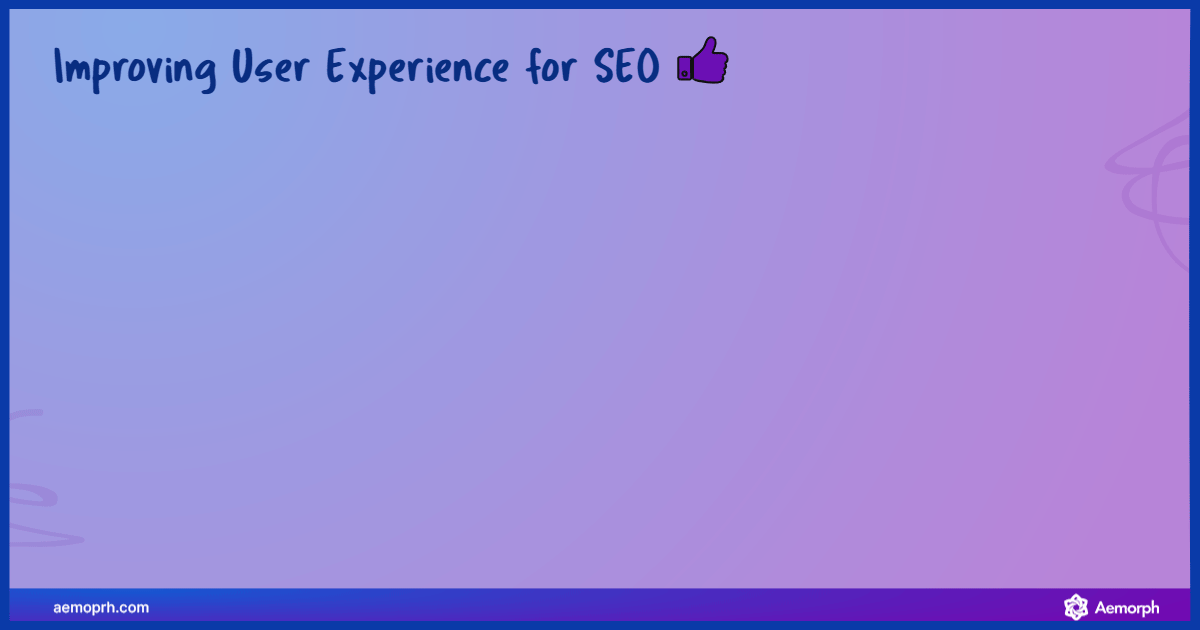
User experience (UX) is crucial in boosting SEO as part of your content optimisation strategy. Google and other search engines prioritise content that offers users a seamless, engaging experience. By focusing on UX, you keep visitors on your site longer and send positive signals to search engines that your content is valuable and relevant.
How to Improve UX for Better SEO
- Optimise Content Structure for Navigation and Engagement: Break up your content with subheadings, short paragraphs, bullet points, and visuals to make it easy to scan and read. Engaging, well-structured content improves user satisfaction and keeps them engaged.
- Ensure Mobile-Friendly Design: Ensure your website is responsive and provides a seamless experience on mobile devices. This includes using legible fonts, easy-to-click buttons, and mobile-optimised layouts.
- Minimise Load Times: Improve page speed to keep users engaged and prevent bounce rates. Optimise image sizes, reduce server response time, and use content delivery networks (CDNs) to boost load speeds.
These adjustments improve engagement metrics such as time on page and click-through rates, directly boosting both SEO and user satisfaction.
9. Leverage Visual Content to Enhance SEO
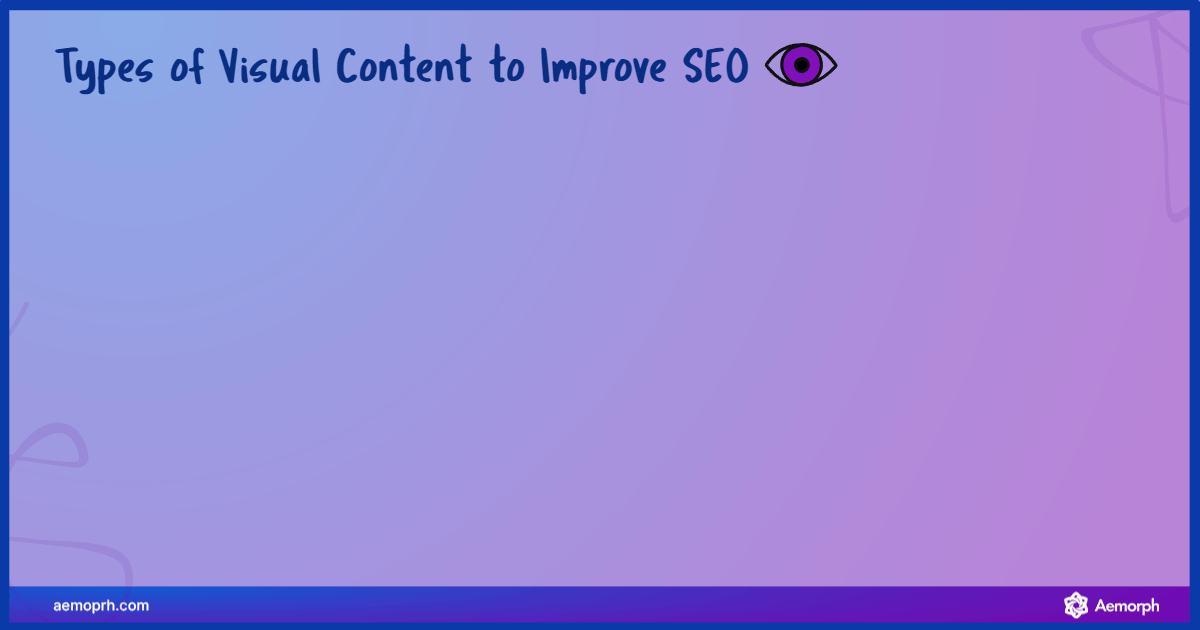
Visual content, such as images, videos, infographics, and interactive elements, plays a key role in both engaging users and boosting your SEO performance. Search engines prioritise content that keeps users engaged and improves the overall experience, and visual content is an excellent way to achieve that. It also provides an opportunity to rank in image and video search results, increasing your visibility beyond standard text-based search engine results pages (SERPs).
Best Practices for Optimising Visual Content for SEO
- Optimise images: Use descriptive file names, describe the image’s content using keywords relevant to your alt text, and compress images for faster load times.
- Create and Share Infographics: Infographics are highly shareable and can generate backlinks, which boost your SEO. They are effective at visually presenting complex data and can attract attention on social media, increasing the chances of being linked to by other websites.
- Video SEO: Host videos on your site and optimise them with relevant titles, descriptions, and tags. Include transcripts for videos, as search engines can’t “watch” videos but can crawl transcripts. Video content also increases time on site, signalling to search engines that users find your content valuable.
10. Prioritise Mobile-First Content Strategies
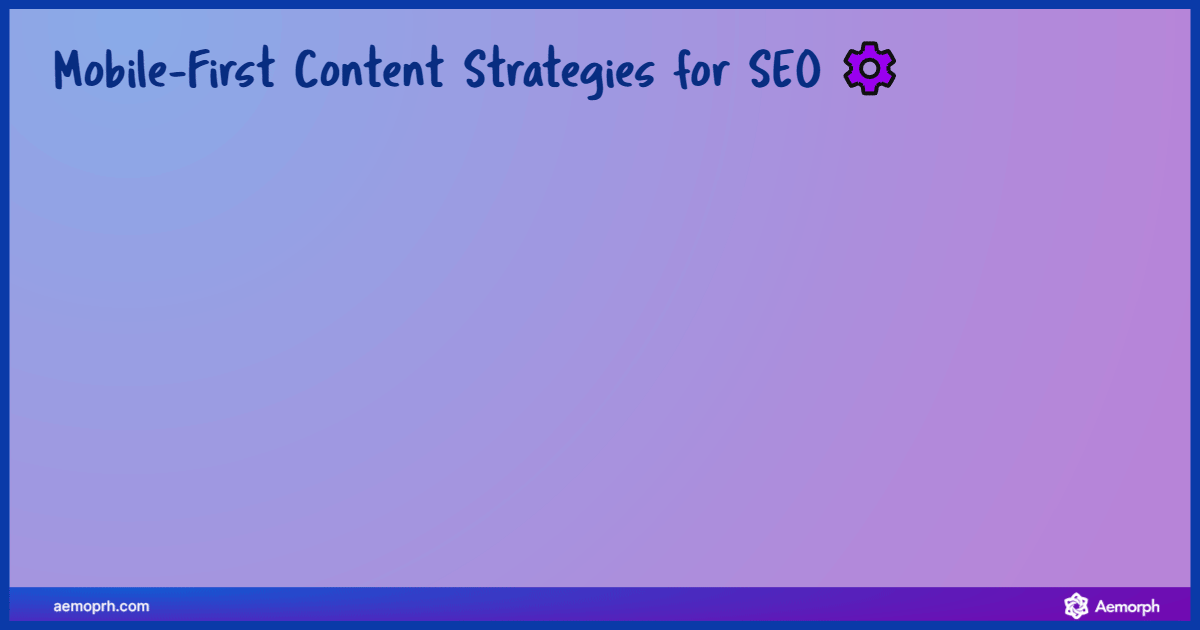
Mobile-first indexing means that Google primarily uses the mobile version of a site for ranking. Ensure your site is responsive, loads quickly on mobile devices, and easily navigates. Compress images, avoid pop-ups, and ensure text is legible without zooming.
11. Leverage Content Refreshing for Long-Term Relevance

Refreshing content is a vital tactic for maintaining long-term optimisation. Over time, search trends and user needs evolve, which can cause previously optimised content to lose relevance. Updating older pieces with current data, new insights, and refreshed visuals ensures your content remains useful and competitive.
Regular updates preserve rankings and signal to search engines that your site is actively managed and prioritises quality, keeping it a trusted resource for your audience.
12. Measure and Adjust Strategies with Analytics
Measuring content performance with analytics is essential to refine your content optimisation strategy. By tracking key data, you can identify what works and make necessary adjustments to improve engagement, traffic, and conversions.
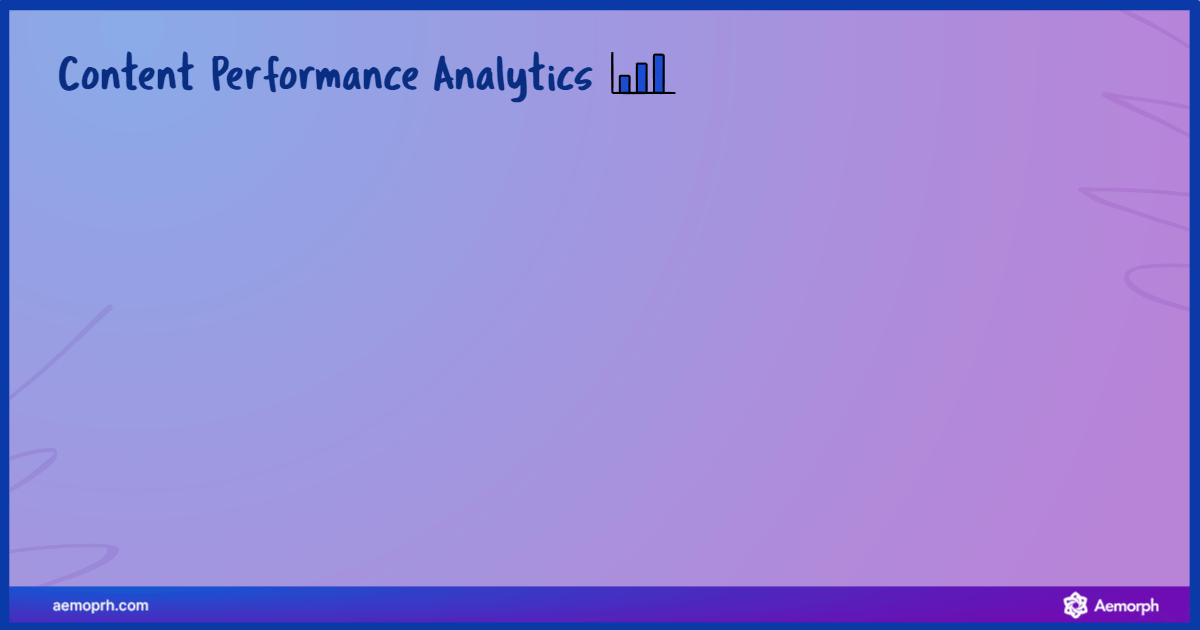
Key Metrics to Track
- Traffic Sources: Know where your visitors come from (organic, social, referrals) to see which channels work best.
- Bounce Rate: A high bounce rate suggests your content or landing page may not be engaging or relevant.
- Time on Page: Longer time on page indicates valuable, engaging content.
- Conversion Rate: Measure actions like sign-ups, downloads, or purchases to gauge how well your content drives leads or sales.
- Social Shares: Track shares and engagement on social media to understand how popular your content is.
How to Adjust Your Strategy
- Update Underperforming Content: Refresh content with low engagement by improving value or user experience.
- Replicate High-Performing Topics: Create more content on popular topics to attract more traffic.
- SEO Optimisation: Use data to tweak keywords and meta tags for better rankings.
- A/B Test Variations: Experiment with different headlines or CTAs to boost engagement.
- Reassess Distribution Channels: Focus on channels that drive the most traffic and revise underperforming ones.
Conclusion
Content optimisation is a continuous process that drives long-term SEO success. By implementing these 12 tactics, you’ll ensure your content remains relevant, engaging, and effective in reaching your audience.
Whether it’s through targeted keyword research, enhancing user experience, leveraging visual content, or refreshing old articles, each strategy plays a pivotal role in maintaining your site’s authority and visibility. The key is to stay consistent, measure performance, and adapt to changes in the digital landscape.
Prioritising content optimisation improves search engine rankings, builds trust with your audience and positions your brand for sustainable growth. The steps you take today will lay the groundwork for stronger engagement, higher conversions, and long-term success.









